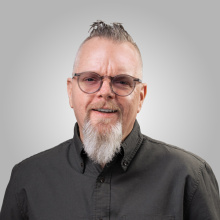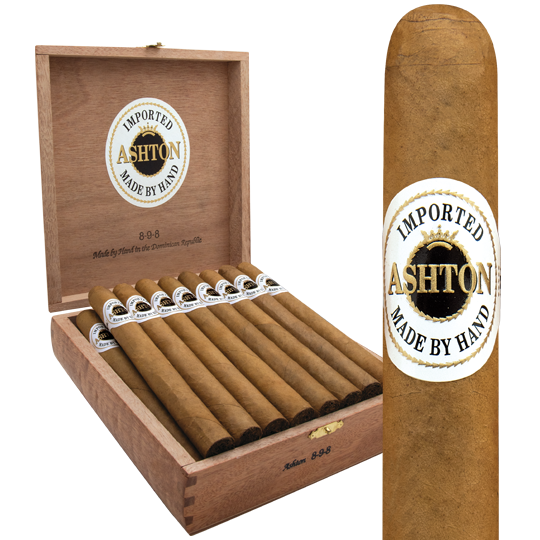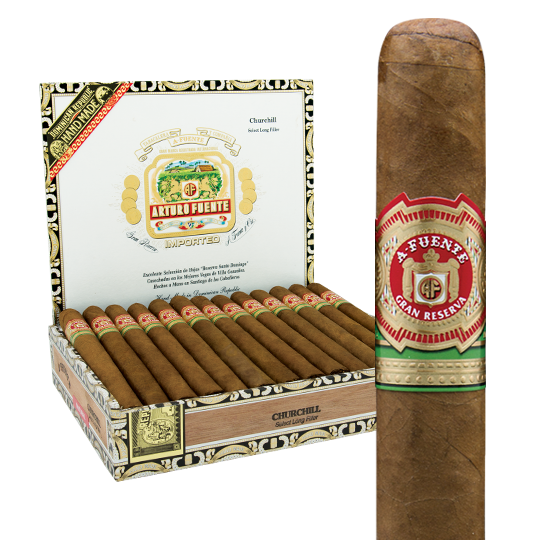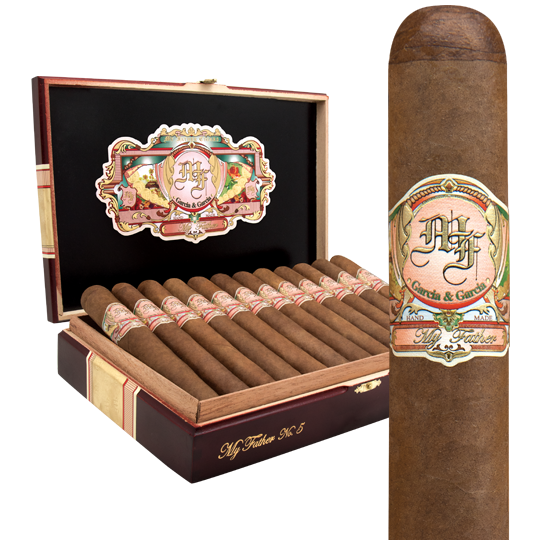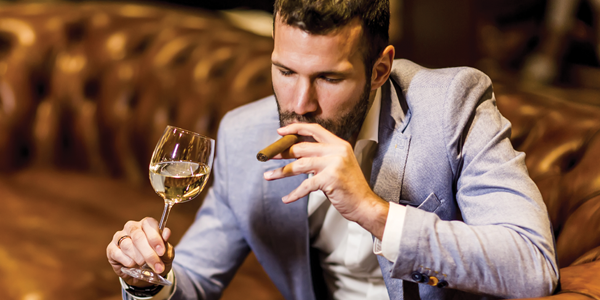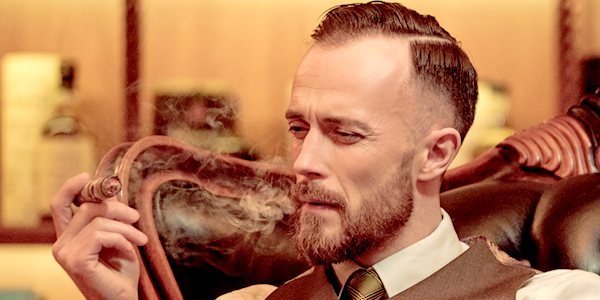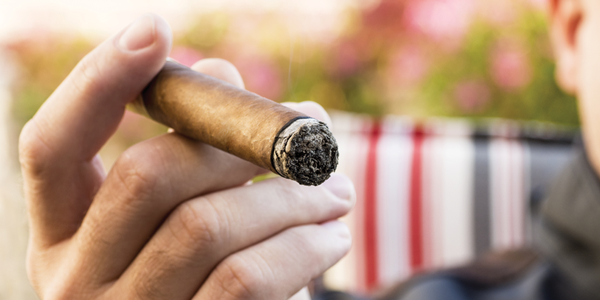How to Develop a Palate for Cigars
The best way to develop your palate for premium cigars is to know what you’re smoking – more than simply the brand. Learn to identify and define a cigar’s flavor profile. We characterize a cigar’s profile according to flavor, balance, body, strength, aroma, and finish. Gain an awareness of the key details that affect a cigar’s taste. These include country of origin, strength, wrapper leaf, and size.
Following is a simple introduction to the distinctions you can make to better understand why you prefer certain cigars over others. Many newer cigar lovers create a cigar journal to track their favorite cigars as well as those they find less impressive. Once you establish what traits your favorite cigars have in common, you can search for new cigars to try by adjusting the search parameters in our advanced cigar finder to meet your preferences.
Country of Origin
Country of origin refers to where a cigar is manufactured. The key nations where premium cigars are made today include the Dominican Republic, Nicaragua, and Honduras. Often, premium cigars are predominantly made with tobaccos grown in their country of origin, although it’s common for cigar-makers to blend cigars with tobaccos from other countries as well, especially wrapper leaves.
Tobaccos grown in the U.S., Ecuador, Mexico, Brazil, Cameroon, and other countries are harvested for wrapper leaves, as well as binder and filler ingredients. Blending with tobaccos from a variety of farms, regions, and countries adds complexity to a cigar’s profile. Dominican cigars like Ashton and Arturo Fuente are regarded for their creamy and approachable taste. Padron and My Father are great examples of the meaty, earthy, and spicy flavor Nicaraguan cigars are known for. Several blends in the Rocky Patel and Alec Bradley portfolios represent top-selling Honduran brands.
Cigar Strength
Cigars are classified as mild, medium, or strong. A cigar’s strength is influenced by its nicotine content. Mild and creamy cigars like Ashton Classic or Macanudo deliver rich but accessible flavor that won’t overwhelm your palate or give you the spins.
Cigars that are blended with a greater proportion of Ligero tobaccos (leaves closer to the top of the plant), for example, possess more nicotine. Strong cigars like My Father Le Bijou or La Flor Dominicana Double Ligero are better to smoke after dinner.
San Cristobal Revelation and La Aroma de Cuba are excellent medium-bodied cigars that offer a nice balance between easygoing and intense flavors. Consider how a cigar finishes when you’re smoking it and whether you feel satisfied, wanting more, or if you’ve had too much. Strength is an important factor when you want to make an informed decision about what cigars to add to your collection.
Cigar Wrapper Type
A cigar’s wrapper leaf can account for up to sixty percent or more of the taste you perceive in a premium cigar. The two broadest classifications for wrappers are Natural and Maduro. The most common Natural wrappers varietals are Connecticut Shade and Ecuador Connecticut. They can be found on dozens of silky and mellow cigars like Montecristo and San Cristobal Elegancia. Maduro wrappers are darker and sweeter. Ashton Aged Maduro is draped in a toothy Connecticut Broadleaf. La Aroma de Cuba Reserva shimmers with a lustrous San Andrés Oscuro wrapper.
Because a cigar’s wrapper harbors such a profound influence on its profile, it’s important to know what wrappers are on your favorite cigars. Here are the most common wrapper varieties:
- Cameroon wrappers are harvested in the African nations of Cameroon and the Central African Republic. Tasting notes of coffee beans, nuts, and baking spices characterize Cameroon tobaccos.
- Connecticut Broadleaf wrappers and dark in appearance and deliver notes of dark chocolate, molasses, espresso, and sweet spices.
- Connecticut Shade wrappers are known for their golden color and mellow and rich notes of cedar, cashews, almonds, and blonde roast coffee.
- Corojo is a Cuban-seed wrapper varietal grown in Central America. Peppery notes of cayenne and wood are prominent in many Corojo-wrapped cigars.
- Dominican wrappers are very rare, but carry a magnificent blend of spicy, creamy, and complex flavors. Fuente Fuente Opus X and Ashton ESG are blended with Dominican wrappers.
- Ecuador Connecticut is a wrapper grown in Ecuador from Connecticut-seed tobaccos. Tasting notes of nuts, cedar, and white pepper can be found in cigars with an Ecuador Connecticut wrapper.
- Ecuador Habano wrappers are grown in Ecuador from Cuban-seed tobacco. Earthy and spicy notes of leather and wood are common in cigars with an Ecuador Habano wrapper.
- Ecuador Sumatra wrappers are grown in Ecuador from Sumatra-seed tobaccos. Rich, creamy, and spicy notes of leather and coffee beans characterize top-rated cigars finished in an Ecuador Sumatra wrapper like Ashton VSG and Oliva Serie V Melanio.
- Nicaraguan wrappers are common on stronger cigars, including Padron and My Father. Spicy notes of cocoa, red pepper, baking spices, and wood distinguish many Nicaraguan wrappers.
- San Andrés wrappers are grown in the San Andrés Valley in Mexico and are known for producing complex notes of espresso, cocoa, almonds, and cracked black pepper.
Cigar Size
Cigars are measured according to ring gauge (thickness) and length. Cigars come in a wide array of shapes and sizes. Standard shapes, or vitolas, include Corona, Churchill, Robusto, and Toro formats. Cigars are also made in popular Figurados, or figured shapes, like Torpedos and Perfectos.
Thicker cigars burn cool and more slowly than thinner cigars which burn hotter and faster. When you smoke a longer cigar, the heat is further away from your palate, initially. As a result, the cigar will take more time to intensify. You might like a given blend in a particular shape like a Toro, but not as much in a Corona or a Robusto. The nuances of a blend change from one size to the next. How the cigar feels in your mouth and in your hand makes a difference too. Knowing what sizes you’re most attracted to is helpful as you develop your palate. Purchase a vertical cigar sampler in your favorite blends to really taste the impact of a cigar’s size. A vertical sampler includes one blend in multiple shapes.
Consider Cigar Pairings
What do you like to drink when you’re smoking? It’s always recommended that you sip on some water while you smoke. But, you can pair premium cigars with scotch, bourbon, rum, beer, wine, coffee, and more. Indulging in the right spirit or beverage while you smoke can really enhance your experience of a premium cigar. Pairing cigars with your favorite drinks is one of the best ways to improve your palate. Consider some of our pairing recommendations when you’re looking for a cigar to complement your drink of choice.


